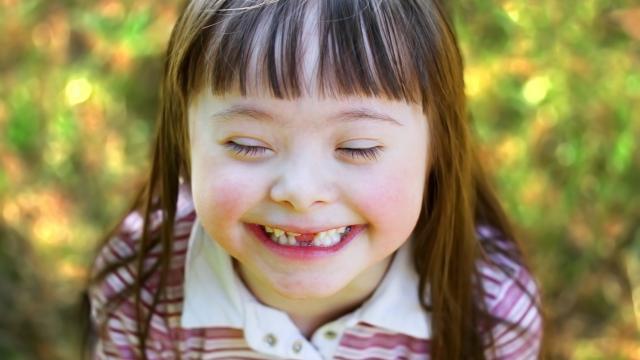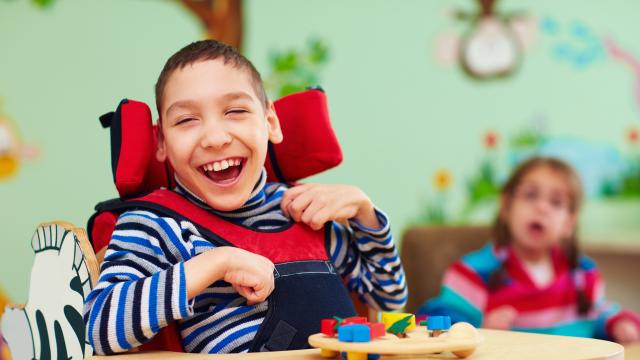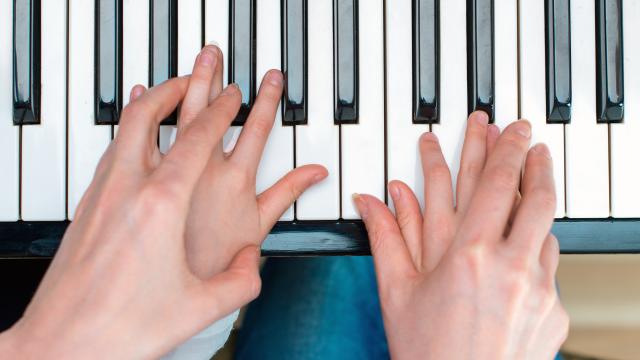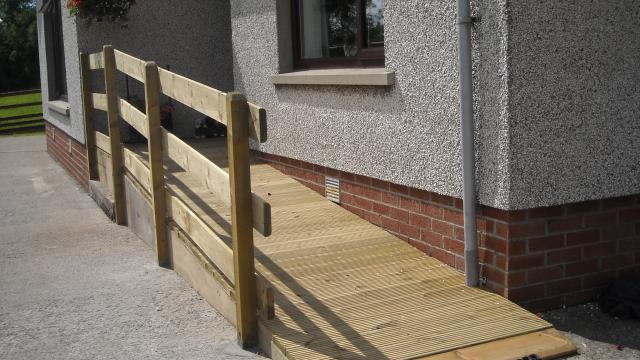Children's Long-Term Support: What is a CLTS Provider?
CLTS Claims are now being processed through the ForwardHealth Portal
For more information please contact the CLTS Operations Team at 844-942-5870 or cltsoperations@gainwelltechnologies.com Monday through Friday 8 a.m.-4:30 p.m.
The Children’s Long-Term Support (CLTS) Program helps children with disabilities. We offer many services. And we provide that help both in the home and in the community.
We help more than 25,000 children each year. Many families are looking for local services. They need someone to help their children live full lives at home, at school, and in the community.
- Are you looking to expand your services in the state of Wisconsin?
- Are you currently serving adults and want to grow your business by also serving children?
- Did you know that you can be self-employed and work with our program participants?
To learn more about all CLTS Program services and provider types, see CLTS: Providers and Services at a Glance, P-03181 (PDF).
All individuals interested in working with young people with disabilities and their families are encouraged to register. Some types of providers in high need are:
Providing care including respite care (short-term breaks for the family), teaching or providing daily living skills (bathing, toileting, feeding), child care, personal supports, and more!
Offering counseling and therapeutic services including services like music therapy, equine therapy, art therapy, hippotherapy, and safety planning and prevention services.
Contractors, plumbers, electricians, other home improvement providers
Providing services to modify or create safe access to the child’s home and all areas within the home.
Direct care workers
A partnership with DHS could help you grow your business. You can serve children with disabilities and their families.
Families are looking for local help in many areas. Their needs range from child care, respite care services, personal supports, and more.
Direct care providers
More and more families are looking for direct care providers to help their children. Direct care providers are more important—and more needed—than ever.
- You could get paid for home-based services for children with disabilities and their families.
- Are you a friend or extended family member already helping a child in the CLTS program? You may be able to get paid for that help.
Ready to become a provider? Find help here:
- Local county human services agency. Contact the agency in your area.
- Enroll with DHS.
- Respite Care Association of Wisconsin. This organization supports quality respite care services for Wisconsin families. If you want to be a respite worker, you can take their training. After training, you’ll be added to their registry.
See the CLTS Direct Care Worker Recruitment Poster, P-02719 (PDF), for more information.
Therapists and counselors
A partnership with DHS could help you grow your business. You can serve children with disabilities and their families.
Families are looking for local help in many areas. Their needs range from counseling and therapeutic services to safety planning and prevention services and more.
Counseling and therapeutic services provide support for the physical, social, and emotional development of participants by providing counseling and therapeutic services such as music, art, and therapy using equine movement. Examples of providers include music, equine-assisted, massage, and body-work therapists.
Safety planning and prevention includes items or services that reduce risk or danger to help keep the participant safe in their home and community. This service includes:
- Safety needs identification and plan development.
- Safety plan implementation and monitoring.
- Items and supplies necessary for safety and emergency preparedness.
Examples of providers include licensed applied behavior analysts, licensed professional counselors, licensed social workers, and licensed psychologists.
Contractors, plumbers, electricians, other home improvement providers
A partnership with DHS could help you grow your business. You can serve children with disabilities and their families.
Families are looking for local help in many areas. A very important area is home modifications which create easier and safer ways for participants to enter and exit their homes and rooms. Examples include fences, fixed ramps, lifts, door handles, and bathroom modifications.
Providers can be licensed contractors, plumbers, electricians, heating ventilation and air conditioning professionals, or any organization or individual with the appropriate qualifications and experience.







